|
Without stating the obvious, 2020 will go down as a year like no other. With all the challenges at work and in our personal lives caused by the pandemic, MBS Engineering has been fortunate to be considered an “essential business” which allowed us to continue working for you as gas leaks don’t stop during a pandemic! I am proud of my team as they have continued to be present and diligently show up for work each day, able to respond to our client’s needs. We also appreciate all our clients who have faced similar issues and chose us to complete their projects. We know many of you and your businesses have been impacted by the virus in different ways and we appreciate the trust you have in us. I know that it has not always been easy to come to work each day or to stay connected for those who work remotely, but you have proven that when we work together, anything is possible! In 2020 we worked for 22 School Districts and 11 Colleges and Universities, at over 100 different campuses, and we worked for dozens of customers in government, municipalities, housing, commercial businesses, hotels, factories, healthcare facilities and commercial contractors. This year alone, MBS has installed 400 Seismic Shut-off Valves, performed 45 emergency gas leak repairs, completed gas surveys at over 100 different sites across California, installed over 20 miles of new gas piping, and performed more than 150 gas system projects including repairs, rebuilds and relocations, gas tie-ins, PG&E Backfill and worked on over 10 Dry Utility projects. I continue to be humbled by the dedication of my team and the continued growth of MBS, but without you none of this would have been possible, thank you for your business this past year and here’s to a Happy New Year! Brian James, President, MBS Engineering Here are some of the notable projects MBS performed in 2020 - Propane Fuel System Construction - Marysville Asphalt Plant- June 2020
Gas Line Replacement - City College of San Francisco - March 2020
Dry Utility Installation – City of Elk Grove, Railroad Street & Old Town Plaza Improvements - Summer 2020
Utility Installation - Mountain House Tech Center - January 2020
Gas Repairs - Navel Base Ventura County, Pt Mugu and Port Hueneme - Spring 2020
Phase 2 Gas Line Installation - Marina High School, Santa Cruz - April 2020
Not everyone is equipped to manage gas leaks! Smart facility managers know when it’s time to call in a specialist. |
What's the result?Debris, moisture, dirt and even squirrel nests, and actual pools of water fill the regulator vault over a number of years. Basically, in many Californian schools - natural gas pressure regulators are corroding, but since the regulators are not visible, not many notice them (and other pipe components). Unless you call a company like MBS Engineering to perform a gas leak survey, or perform a repair of these dangerous conditions, natural gas can become trapped within these enclosures, follow the path of gas line into a building, and worst-case, cause a gas fire or explosion. |
What is a Gas Pressure Regulator, anyway?
A gas pressure regulator is a safety device that controls pressure, cutting a higher incoming pressure to a lower usable pressure for gas fed appliances or for flow through existing gas systems. They are a necessary component to any gas system, but always require regulator maintenance and replacements. The standard lifespan of a regulator is close to 7 years in optimum conditions, but if installed in an underground vault, these regulators can become faulty in under a year's time.
It's worth noting that leaks in small, enclosed places (like a 'vault') can fill the space with gas, creating a serious hazard for the safety of those in the area: faculty, staff and students.
MBS has performed regulator removal, replacement, re-installs and re-piping for a number of schools in California in the last month. Some of what was found would astonish you.
Let me help you prevent issues like these. I'm here to help you. I want your business.
It's worth noting that leaks in small, enclosed places (like a 'vault') can fill the space with gas, creating a serious hazard for the safety of those in the area: faculty, staff and students.
MBS has performed regulator removal, replacement, re-installs and re-piping for a number of schools in California in the last month. Some of what was found would astonish you.
Let me help you prevent issues like these. I'm here to help you. I want your business.
Why do you need it? | What is a survey? |
| On average, we find 12 gas leaks at each K-12 school we survey. For colleges and universities, the average is an alarming 34 gas leaks per campus. It is your responsibility to maintain gas lines on your side of the utility gas meter. | A gas system survey is a comprehensive, detailed gas assessment of your campus gas system and assets completed by MBS Engineering engineers and technicians. |
How does it benefit you? | What do we find? |
| A gas system survey identifies safety hazards, relives liability concerns, protects your students and facilities, provides a map and list of gas related assets, and delivers expert recommendations from our gas engineers. | In my blog post, I talked about the scary results of unkempt pipelines. Old pipes weather and corrode from the elements over time, contractors take the cheap way out and use short cuts, the use of wrong materials, and poor, unqualified installers. It's scary how easy gas fires, or even gas explosions, can start as a result of unkempt or poorly installed gas systems. |
The Gas System Survey Process
- Pre-Survey Work - Engineers review existing plans of the campus and produce a survey plan.
- Perform Gas Survey Work at Site - The trained and certified MBS technicians use utility grade leak detection equipment and assess every gas system on the site and record each leak/component.
- Daily Report - I write and send the report within 24 hours of the survey. The report contains a full list of the leaks and gas components discovered, as well as an interactive map showing the locations of all the leaks and components.
- Final Comprehensive Report - I also write and send the final report within a week of the initial survey. This report lists, in full detail, all leaks and gas components including recommendations made by our experienced gas engineers on the safest and most cost effective solution.
MBS Engineering is here to help and provide experienced, utility certified quality services to not only diagnose, but also repair issues within your gas infrastructure - keeping you, your facilities, and the number of people at your facilities safe and worry free.
| I never know pipes could look like THAT! What's crazy is that this pipe is only 8 years old and this leak could have easily been prevented. Now, think about how old your property & gas infrastructure is... do you think it's time to have your property's gas system assessed for issues? In my weekly training class, we talked about how pipelines don't last forever. I was fully expecting to see pipelines that were damaged by backhoes, but instead were destroyed by mother nature. Time is not kind to buried pipes, that's for sure. |
#1 Corrosion by Adjacent Electrical Line in the Central Valley
| This gas line was destroyed by what we call AC induced corrosion. It was buried right next to an electrical line, and the electricity bounced back and forth between the two lines, creating little pits in the gas line. Well, after a while, those pits turned into little holes, and we all know what holes in a gas line create - dangerous gas leaks! |
#2 Corrosion From Old Piping in the Sierra Foothills of Northern California
| At a little league soccer game, parents started to smell gas, which led to a PG&E shutdown of the facility. MBS was called out and performed a gas leak detection survey, instantly detecting and pinpointing the location of the leak. The green coating tells us this pipe is likely from the 50/60's. With one little chip in the coasting, the soil and water ate away at the exposed metal, indicating atmospheric corrosion, which happens to all older, underground gas piping. |
#3 Corrosion Due to Improper Installation in the South Bay
| Sometimes, even the newest gas systems can have issues, especially if an inexperienced contractor installs the piping. This is a prime example of what happened in this installation, the corrosion can be seen on what is called a Poly or MDPE (yellow gas piping) to steel transition. The contractor that installed this transition used a pipe wrench to tighten this transition, scarring the coating in place that protects the metal. This pipe was only 8 year old, and you can see the level of corrosion that occurred simply from an installation error. |
How does this happen?
- Old pipes weather and corrode from the elements over time
- Contractors take the cheap way out and use short cuts
- The use of wrong materials
- Poor, unqualified installers
It's scary how easy gas fires, or even GAS EXPLOSIONS, can start as a result of unkept or poorly installed gas systems. The result of a gas leak can be detrimental, don't ignore them!
MBS Engineering is here to help and provide experienced, utility certified quality serviced to not only diagnose, but also repair issues with outdated and aging gas infrastructure - keeping you, your facilities, and the number of people at your facility safe.
MBS Engineering is here to help and provide experienced, utility certified quality serviced to not only diagnose, but also repair issues with outdated and aging gas infrastructure - keeping you, your facilities, and the number of people at your facility safe.
The Natural Gas Regulator You Never See Can Be Corroding!
Many schools don't know it, but natural gas pressure regulators - commonly sealed under-foot - often need replacement. The problem is complex: there is no code specifying, precisely, where regulators have to be housed. They can go along the gas line, entering the building, or be buried in 'vaults', which architects for schools typically prefer, for aesthetic reasons.
The result is that debris, moisture, actual pools of water, dirt and even squirrel nests, fill the 'vault' over a number of years.
So, basically, in many California schools - their natural gas pressure regulator is corroding, but not visible. Unless you call a company like MBS Engineering to perform a gas leak survey, natural gas can leak into the enclosed area.
What Is A Gas Pressure Regulator, Anyway?
It's worth noting that leaks in small, enclosed, places (like a 'vault') can fill the space with gas, creating a serious hazard for the safety of those in the area: faculty, staff, and even students.
The corrosion we typically find includes damage to unions/fittings, stuck shut-off valves, piping that is corroding from the inside-out, or outside-in, and the actual regulators themselves. While regulators in open air do tend to weather/age better, that's not a total solution in itself: the truth is many times hard piping was used, when the school was built, and PVC is considered a better material, today.
So, MBS replaces hard piping with PVC, and often moves the regulator location to right along the side of a school.
MBS has performed regulator removal/replacement, reinstalls and re-piping for a number of schools in California in the last month. Some of what we found would astonish you.
More information on Gas Pressure Regulators.
Many schools don't know it, but natural gas pressure regulators - commonly sealed under-foot - often need replacement. The problem is complex: there is no code specifying, precisely, where regulators have to be housed. They can go along the gas line, entering the building, or be buried in 'vaults', which architects for schools typically prefer, for aesthetic reasons.
The result is that debris, moisture, actual pools of water, dirt and even squirrel nests, fill the 'vault' over a number of years.
So, basically, in many California schools - their natural gas pressure regulator is corroding, but not visible. Unless you call a company like MBS Engineering to perform a gas leak survey, natural gas can leak into the enclosed area.
What Is A Gas Pressure Regulator, Anyway?
It's worth noting that leaks in small, enclosed, places (like a 'vault') can fill the space with gas, creating a serious hazard for the safety of those in the area: faculty, staff, and even students.
The corrosion we typically find includes damage to unions/fittings, stuck shut-off valves, piping that is corroding from the inside-out, or outside-in, and the actual regulators themselves. While regulators in open air do tend to weather/age better, that's not a total solution in itself: the truth is many times hard piping was used, when the school was built, and PVC is considered a better material, today.
So, MBS replaces hard piping with PVC, and often moves the regulator location to right along the side of a school.
MBS has performed regulator removal/replacement, reinstalls and re-piping for a number of schools in California in the last month. Some of what we found would astonish you.
More information on Gas Pressure Regulators.
MBS Engineering is performing work at BART Hayward Maintenance located on 150 Sandoval Way in Hayward, CA. This BART facility helps to clean, maintain and service the trains that transport Bay Area citizens day in and day out. MBS, after performing a leak detection survey of the property, discovered that the gas infrastructure at the maintenance facility was past due for an upgrade, and in rough shape. After installing a temporary, above ground bypass to temporarily supply gas to the facility, MBS received the contract to make a permanent long term gas line installation.
Using a combination of gas line slitting, open trench and some mechanical piping over rooftops, MBS was able to complete this project in a timely manner, ensuring that all piping was installed to the highest standards and procedures. The total pipe installed tallied up to 2700 LF, as well as installing new gas regulators and manual shut-off valves at each of the 6 buildings as well as a new seismic shut-off valve at the main meter. MBS accommodated BART’s strict schedule and even worked nights and weekends to complete the job.
Using a combination of gas line slitting, open trench and some mechanical piping over rooftops, MBS was able to complete this project in a timely manner, ensuring that all piping was installed to the highest standards and procedures. The total pipe installed tallied up to 2700 LF, as well as installing new gas regulators and manual shut-off valves at each of the 6 buildings as well as a new seismic shut-off valve at the main meter. MBS accommodated BART’s strict schedule and even worked nights and weekends to complete the job.
California is overdue for a large-scale earthquake. Did you know that a major cause of fires and damage during an earthquake are attributed to broken natural gas lines?
Who’s going to turn off the gas in the event of a large earthquake?
Are your Manual Shut-off Valves working properly should you need to turn off the gas?
Do you have Automatic Seismic Shut-off Valves in place?
Installing Seismic Shut-off Vales can answer these questions for you. They are essential to protecting schools and facilities from gas fires in the event of an earthquake.
Who’s going to turn off the gas in the event of a large earthquake?
Are your Manual Shut-off Valves working properly should you need to turn off the gas?
Do you have Automatic Seismic Shut-off Valves in place?
Installing Seismic Shut-off Vales can answer these questions for you. They are essential to protecting schools and facilities from gas fires in the event of an earthquake.
If you haven't installed Seismic Shut-off Valves at your school yet don't wait any longer.



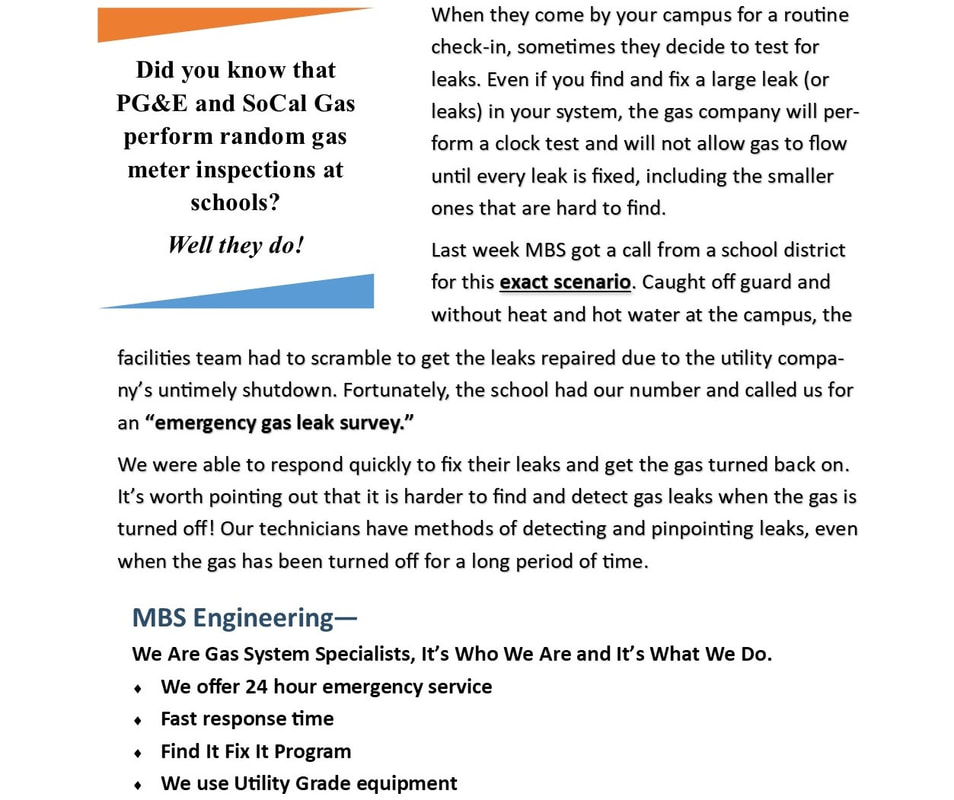
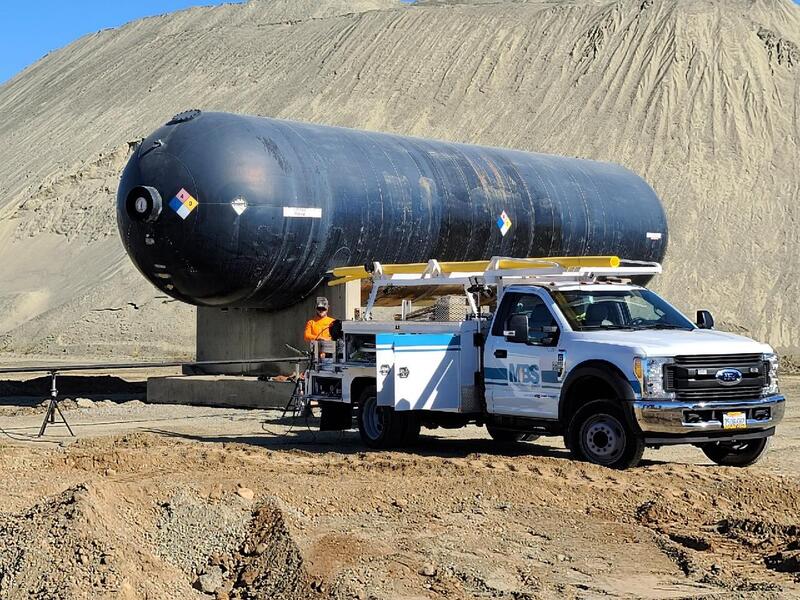
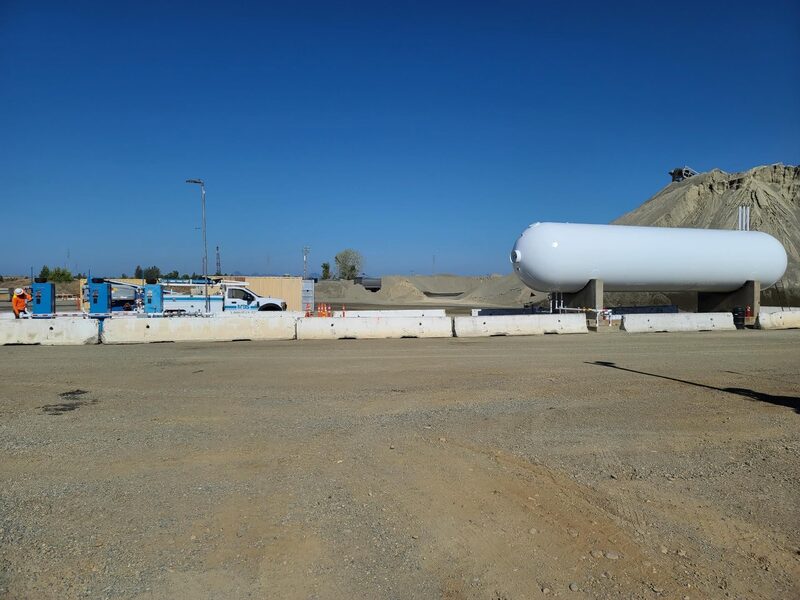
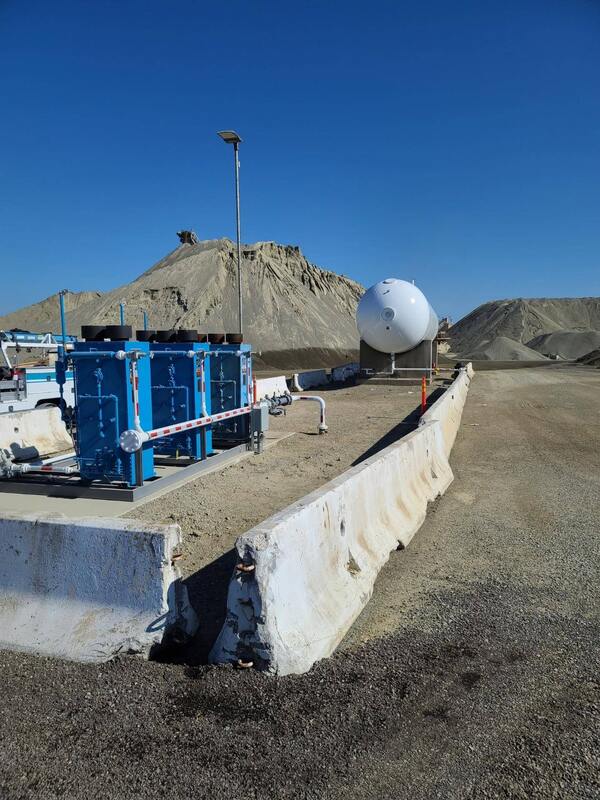
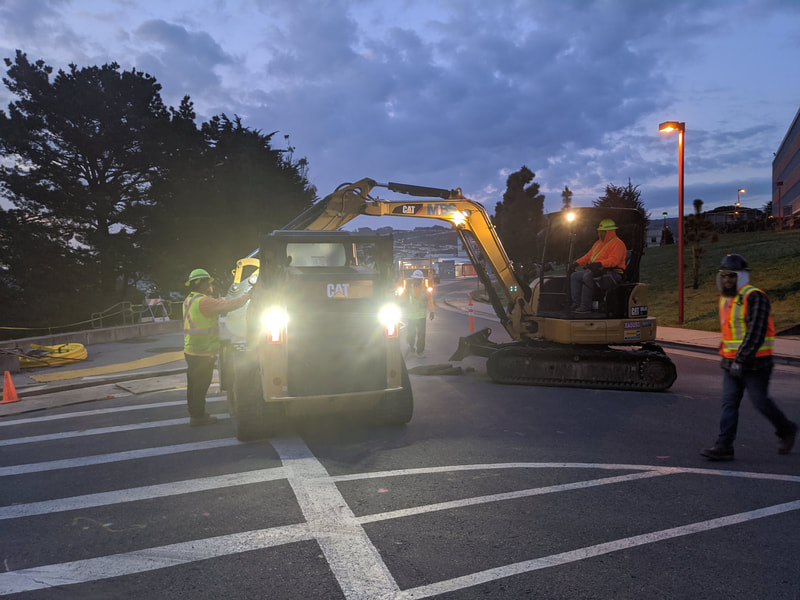
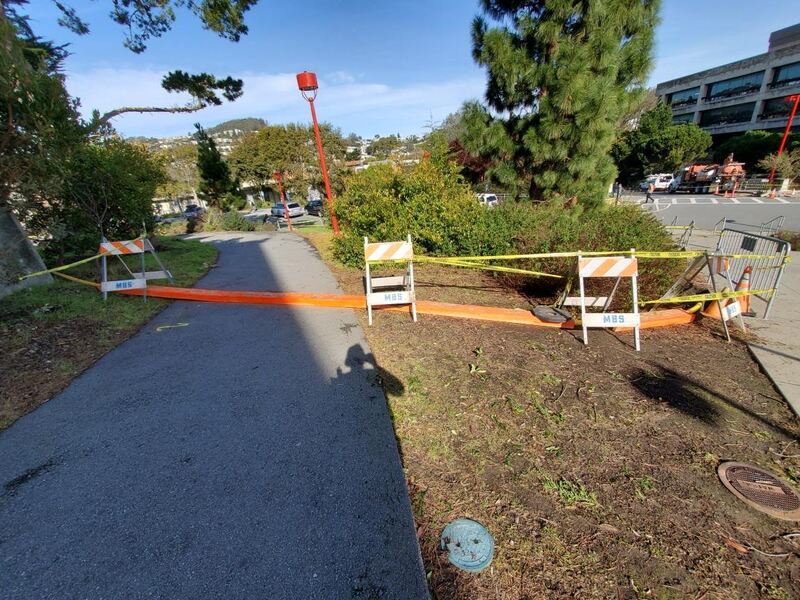
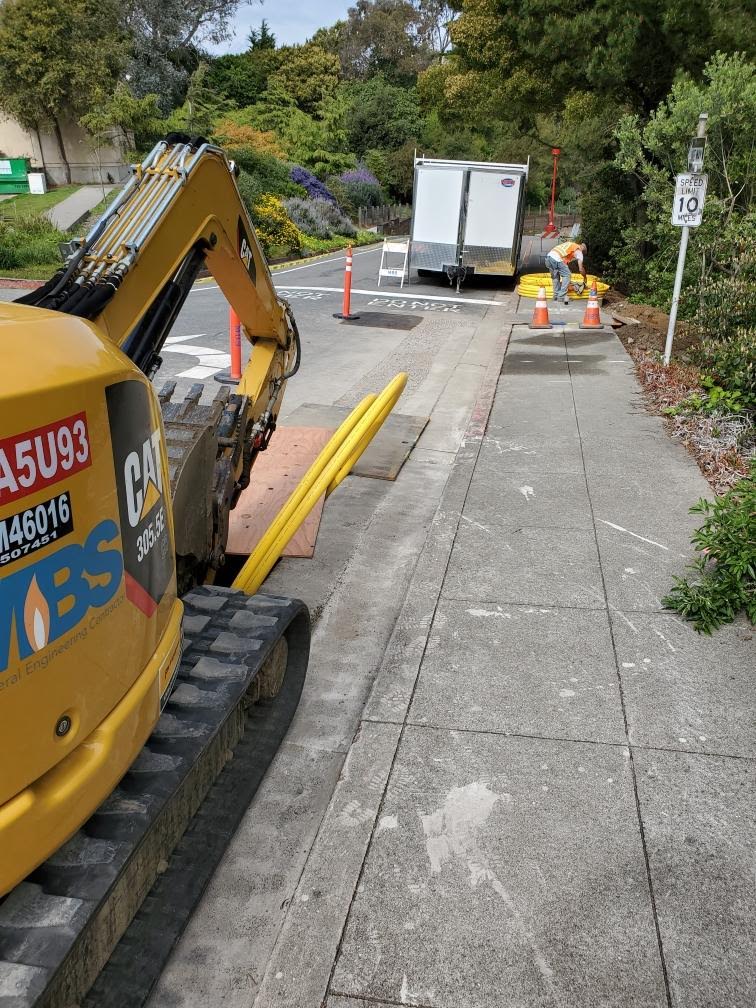
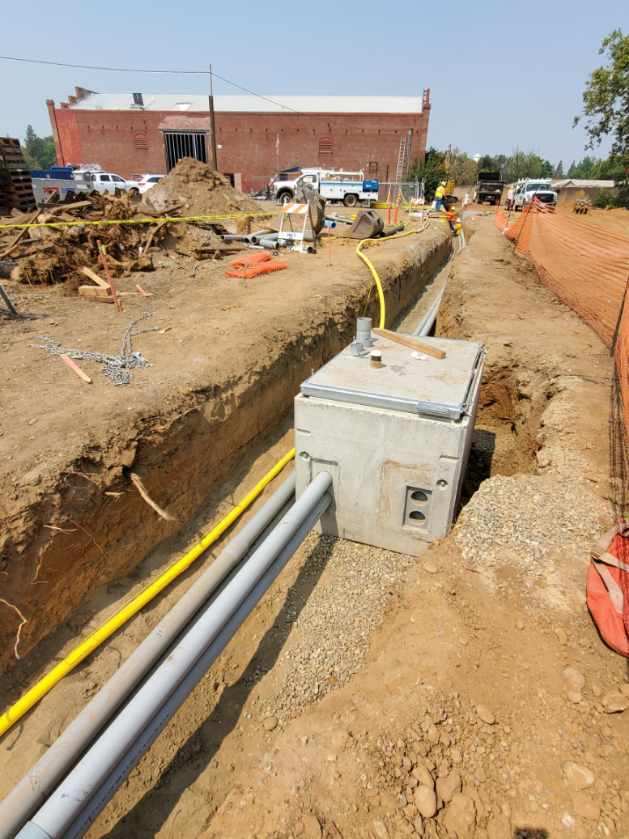
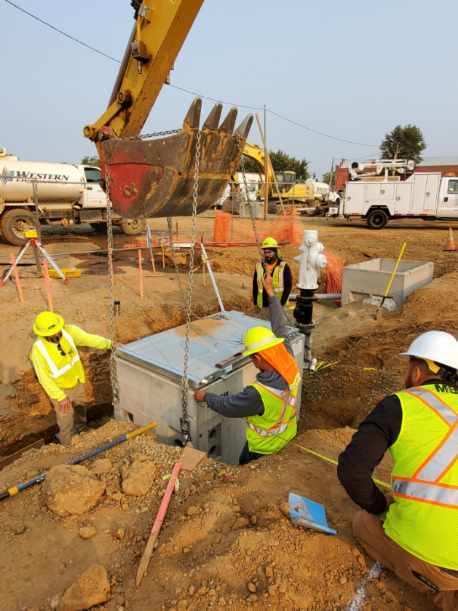
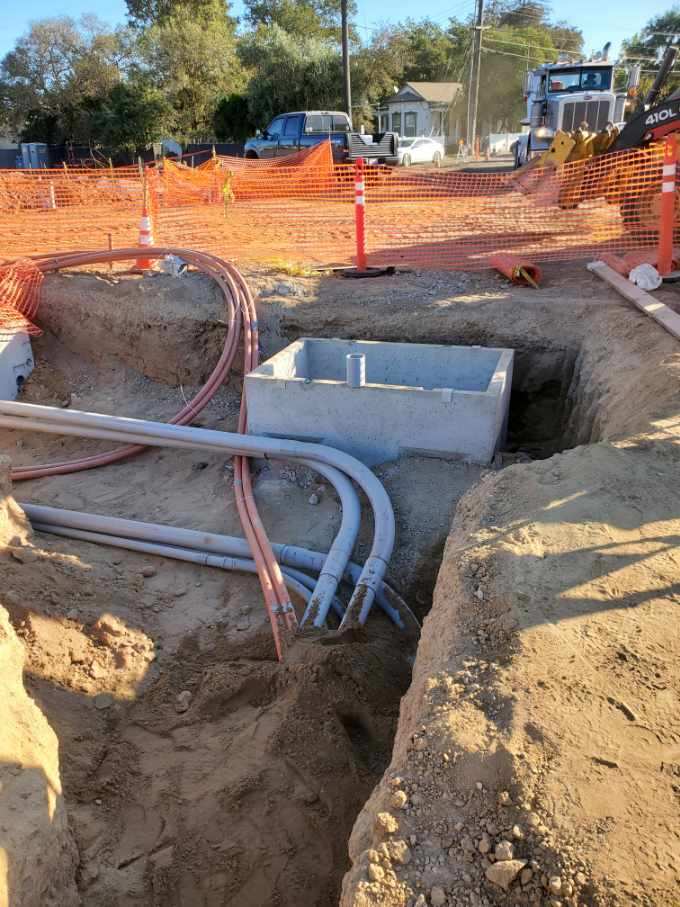
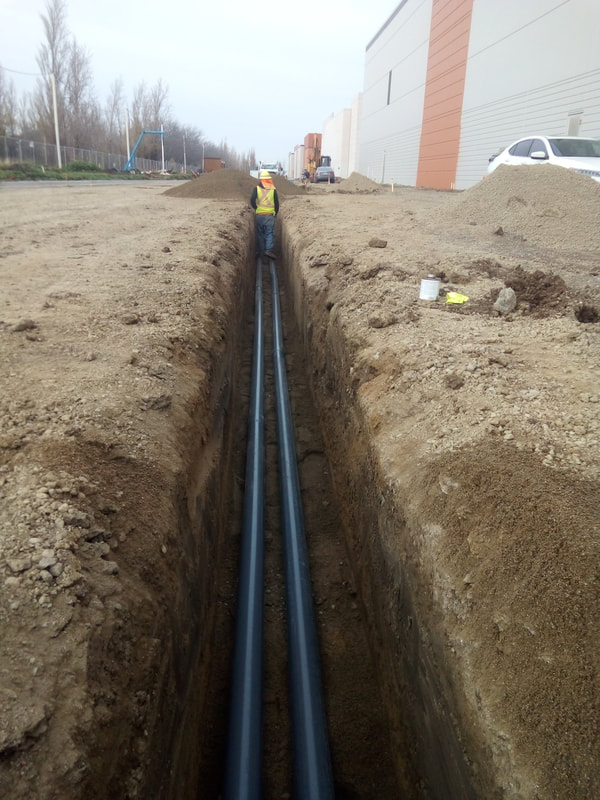
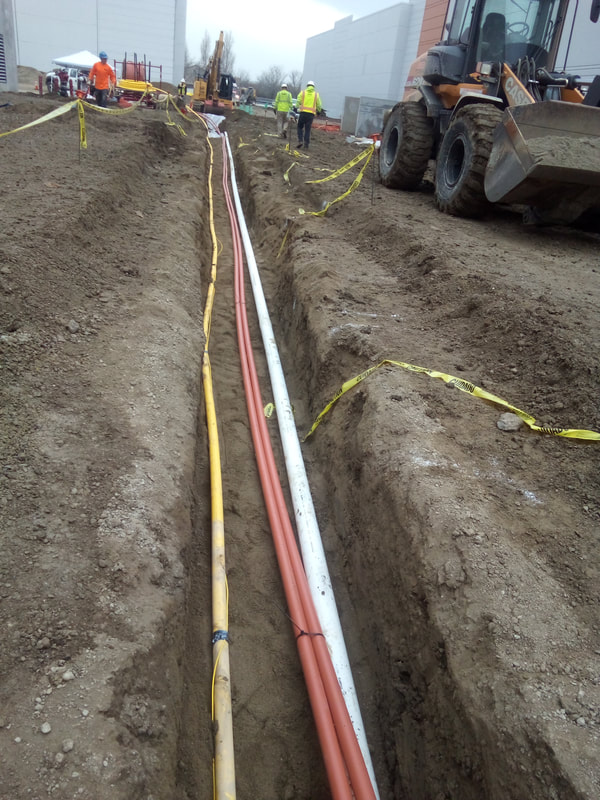
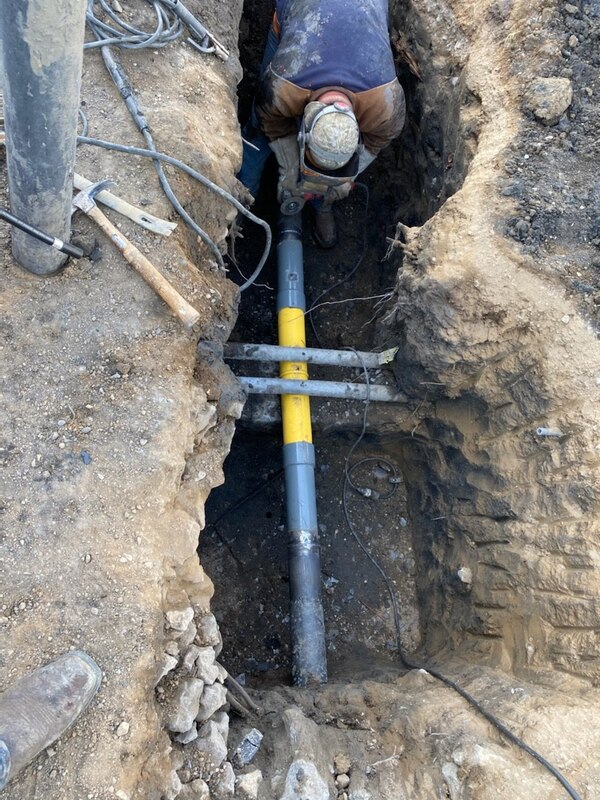
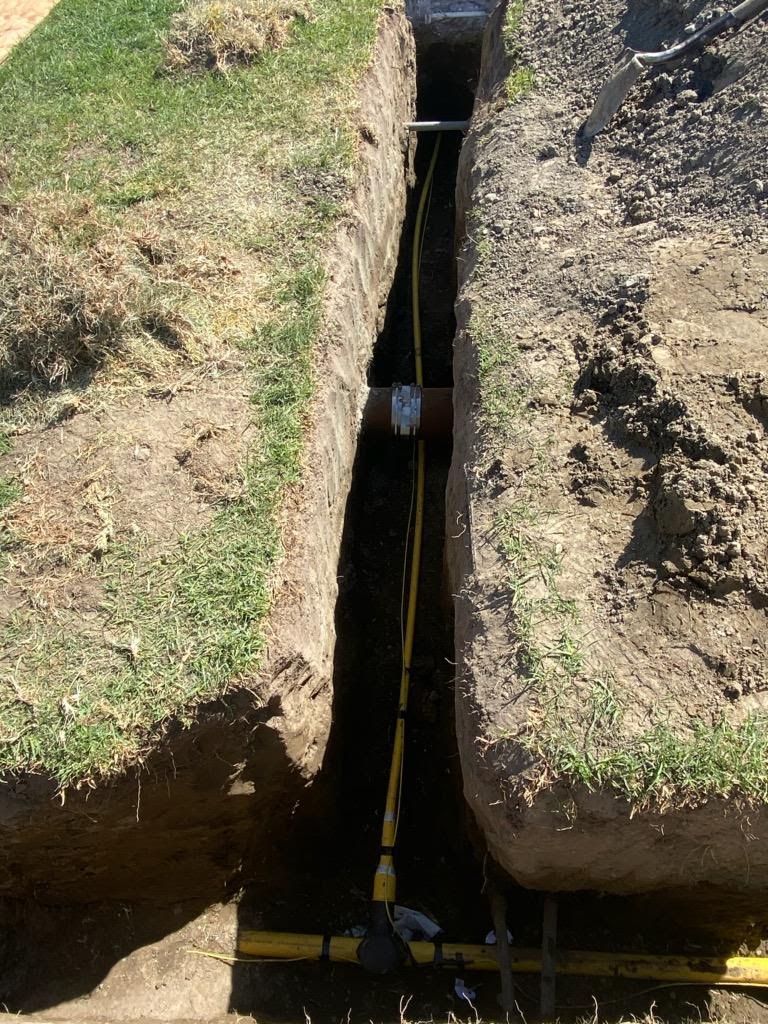
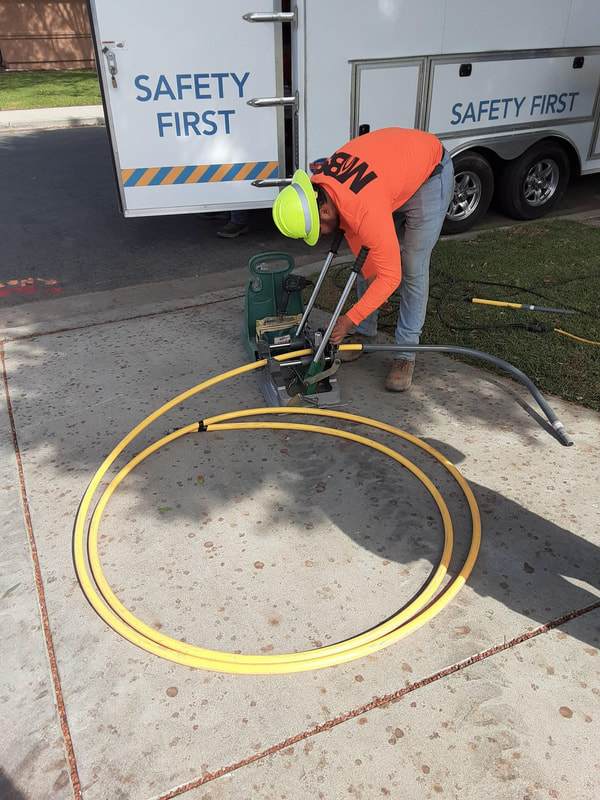
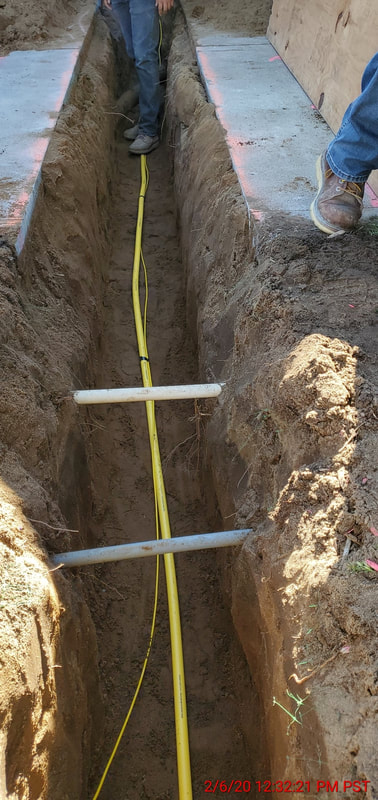
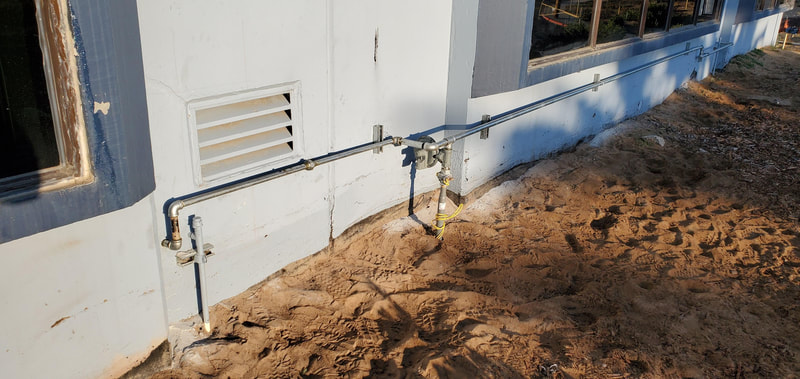
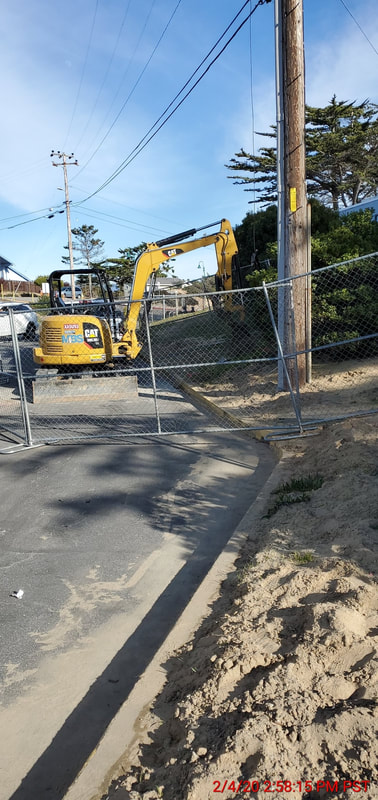
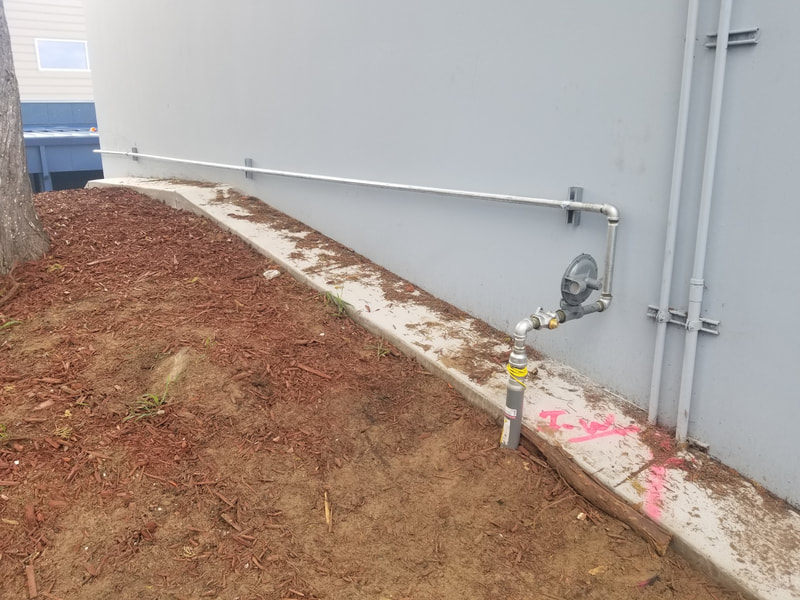
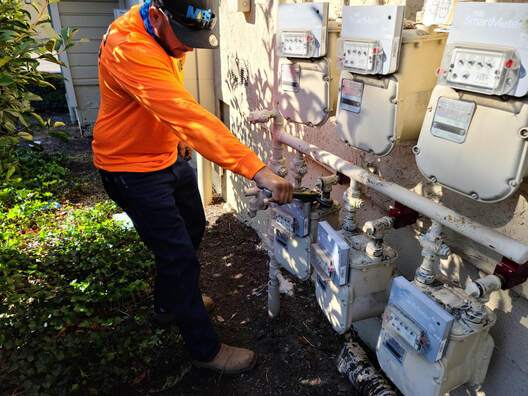
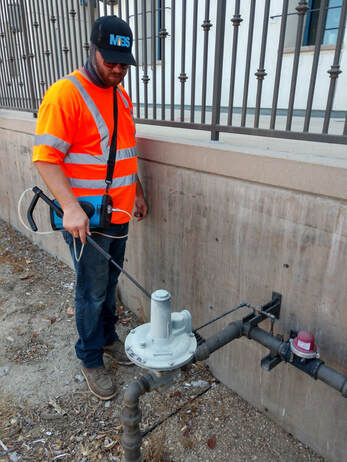
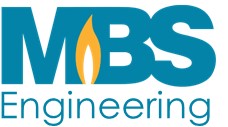
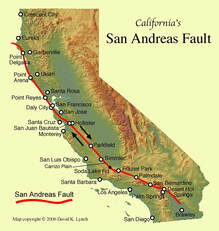

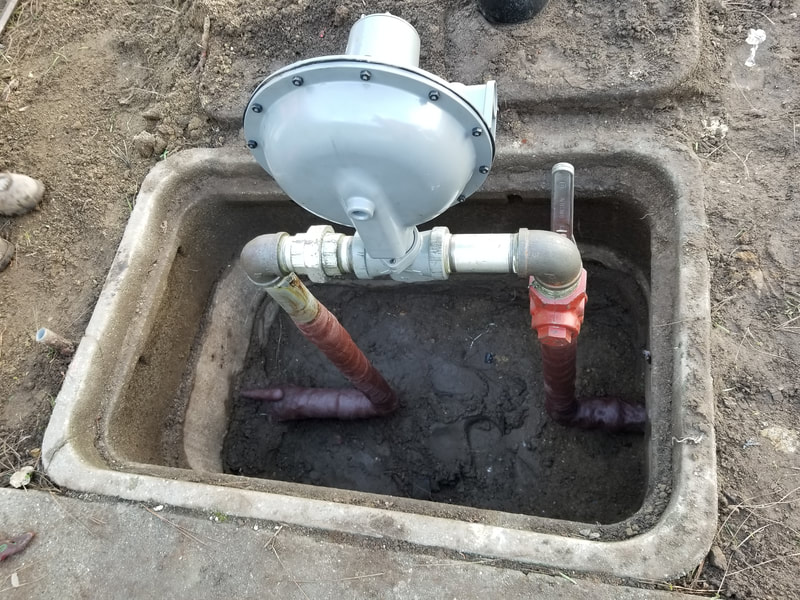
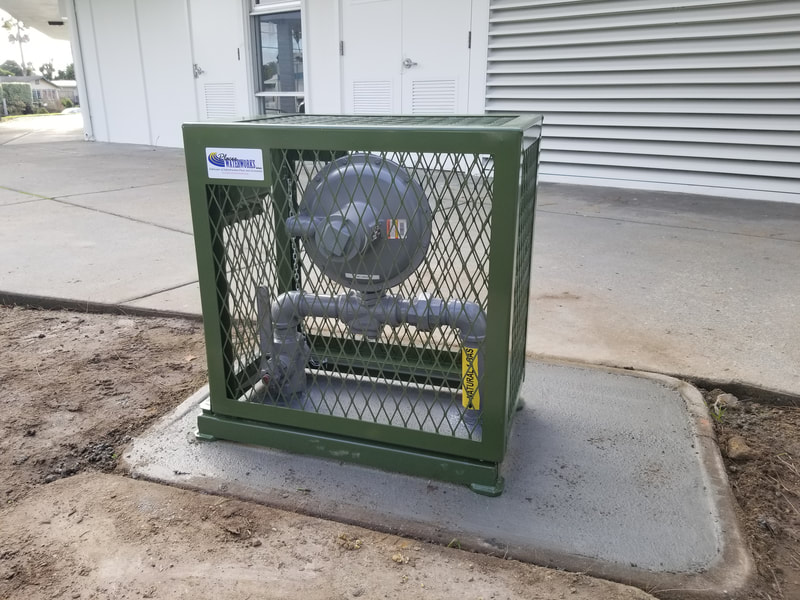
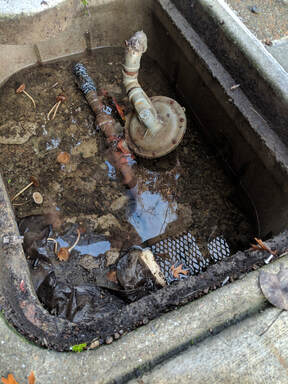
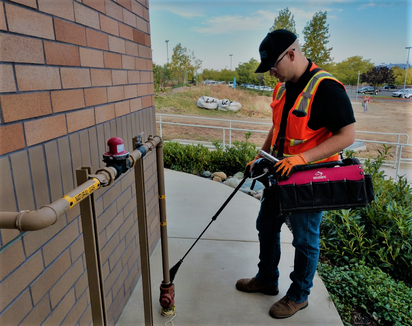
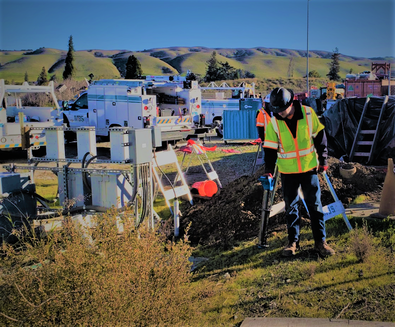
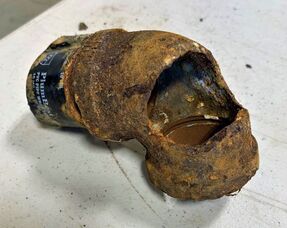
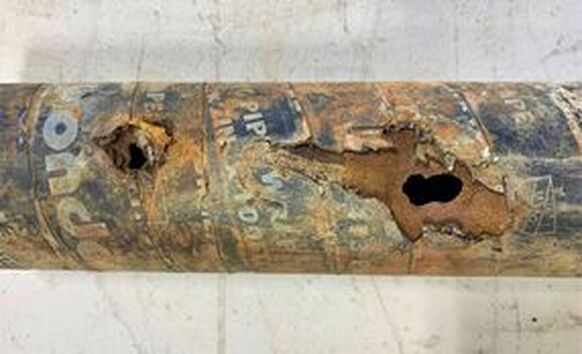
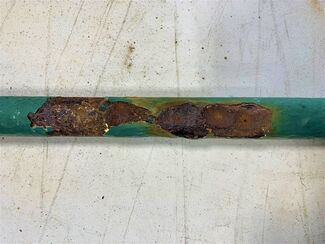
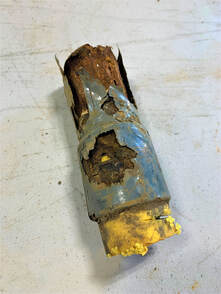
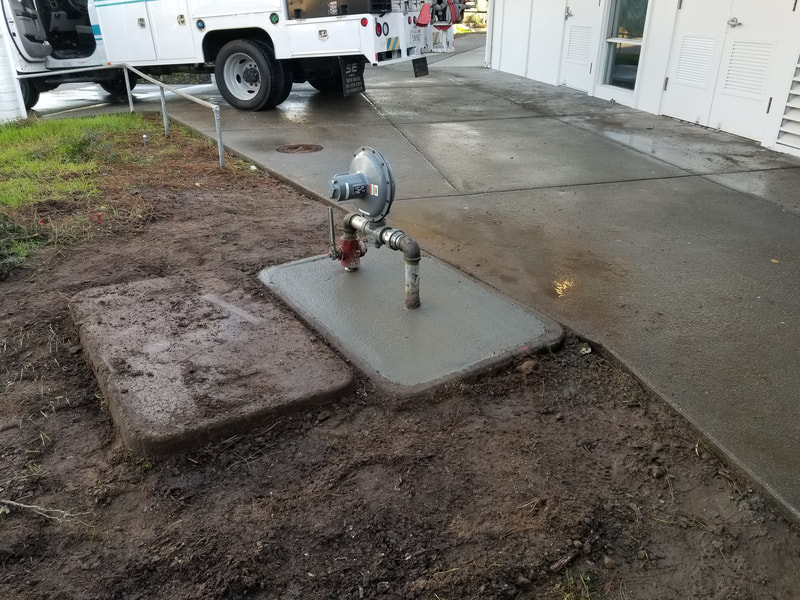
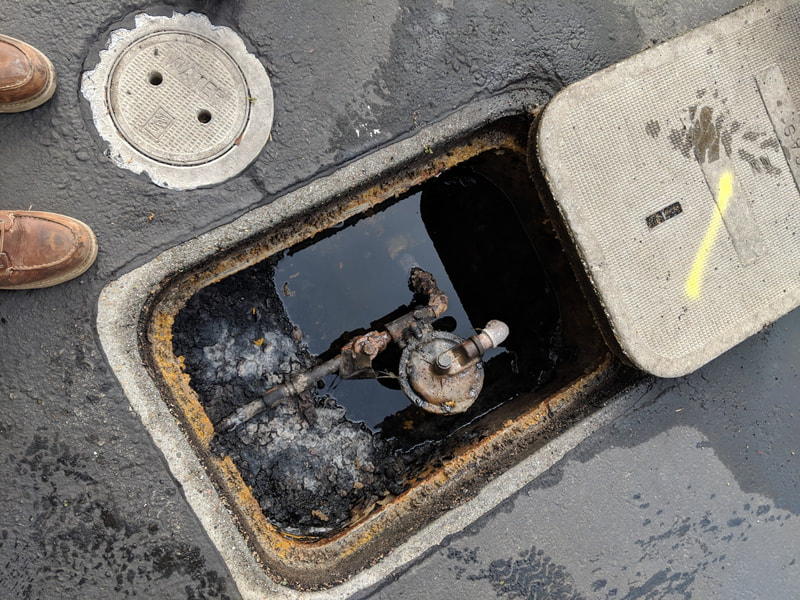
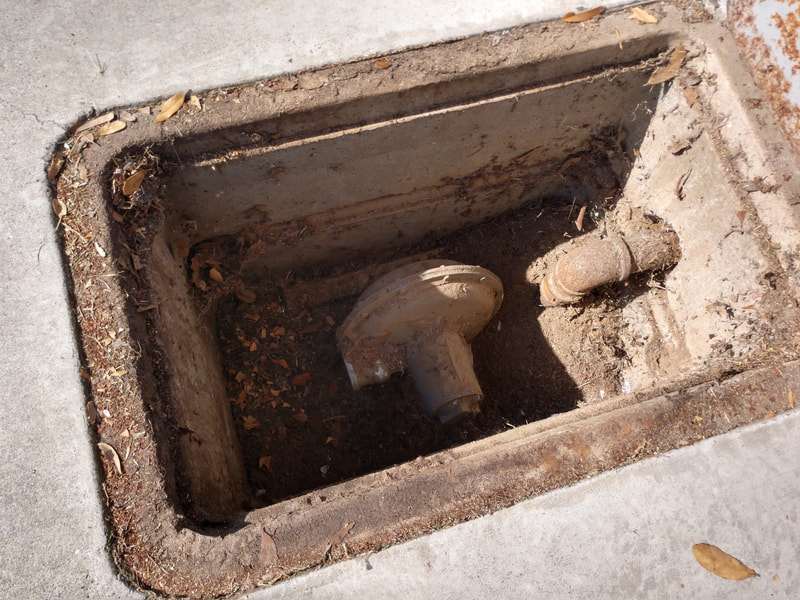
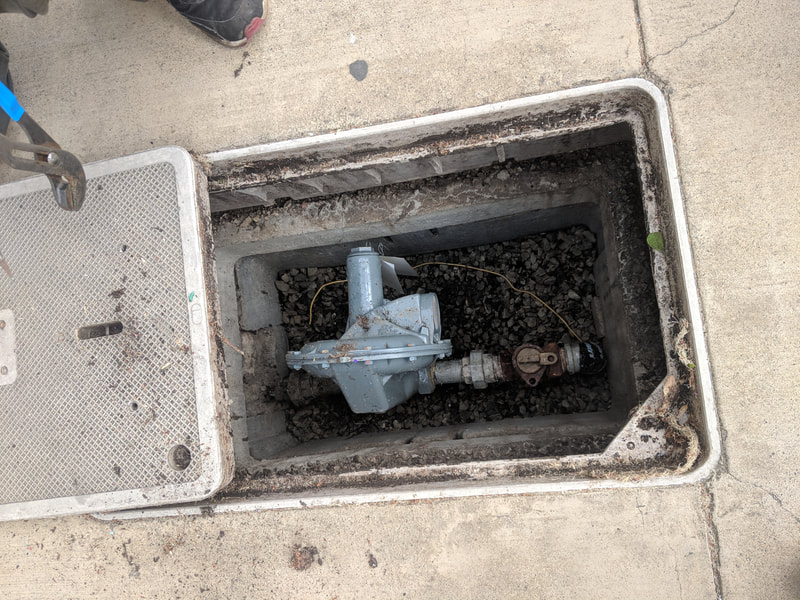
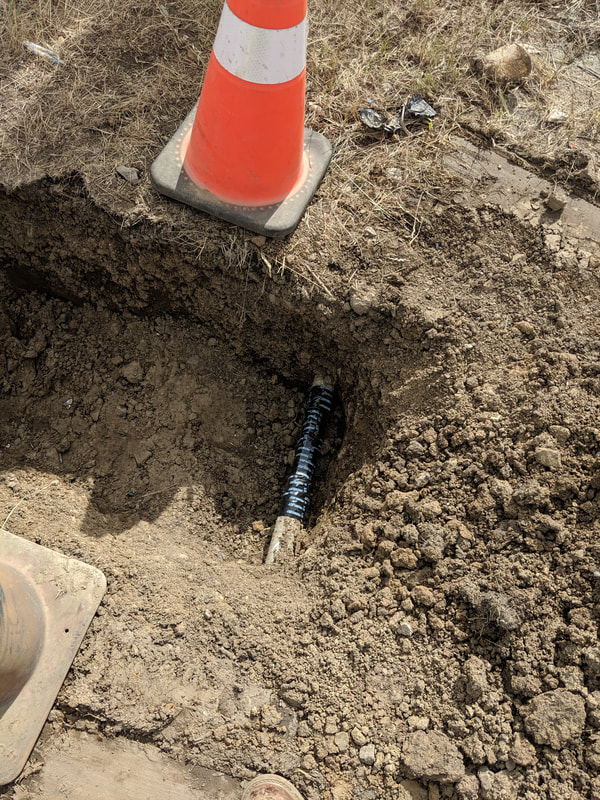
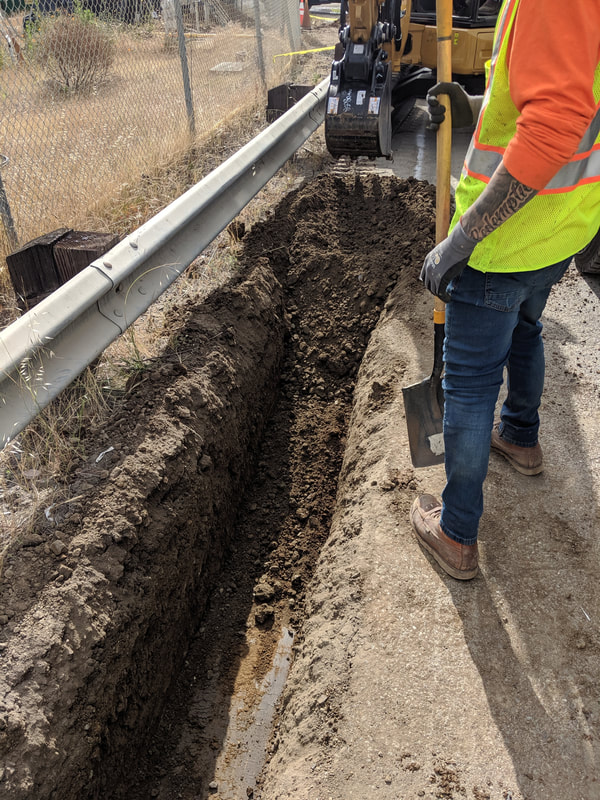
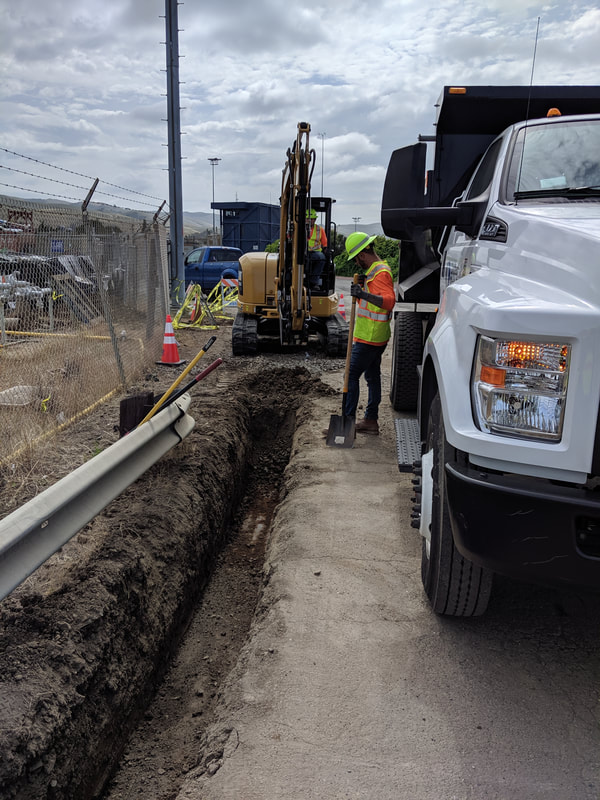
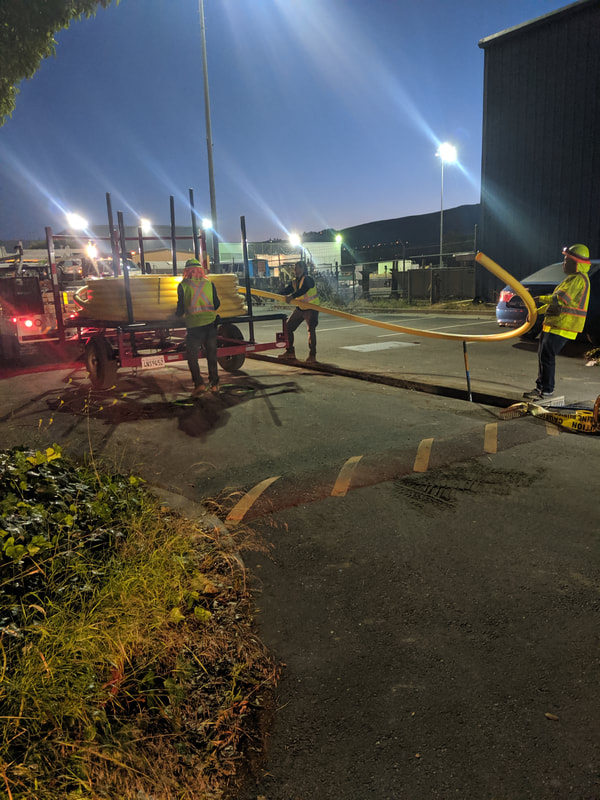
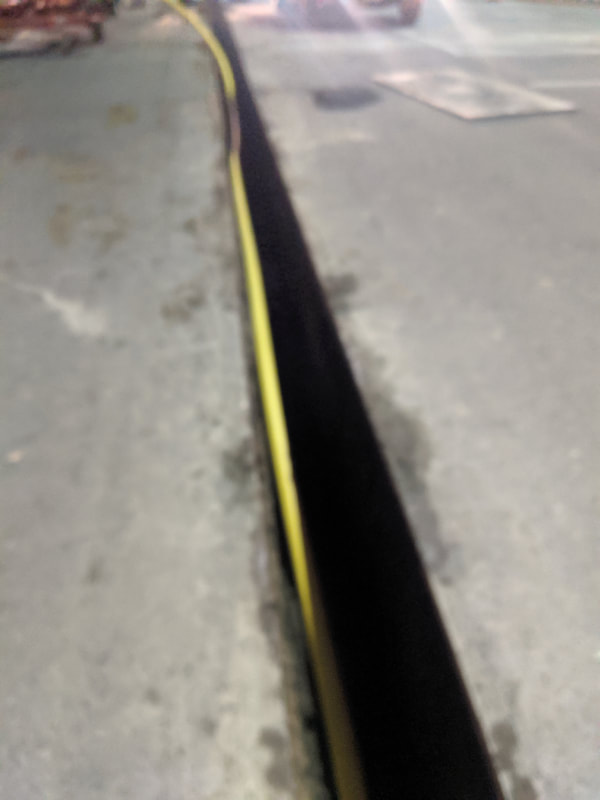
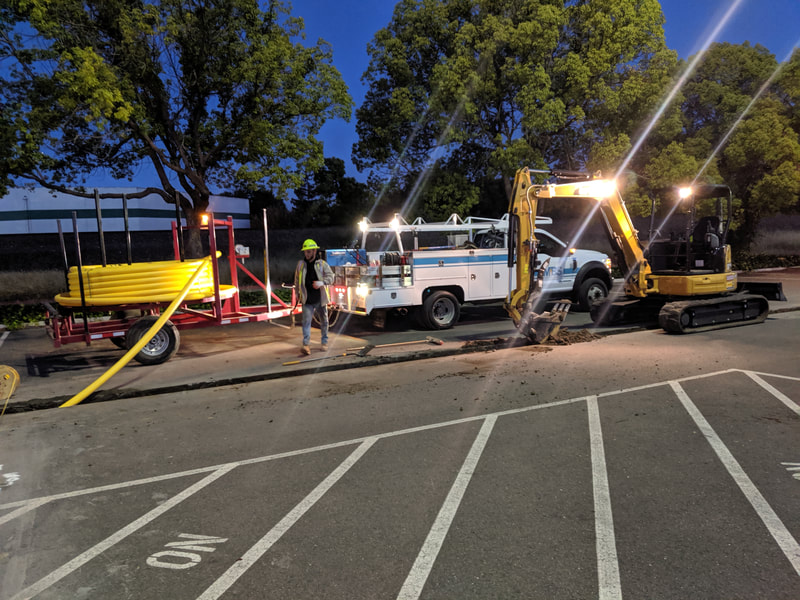
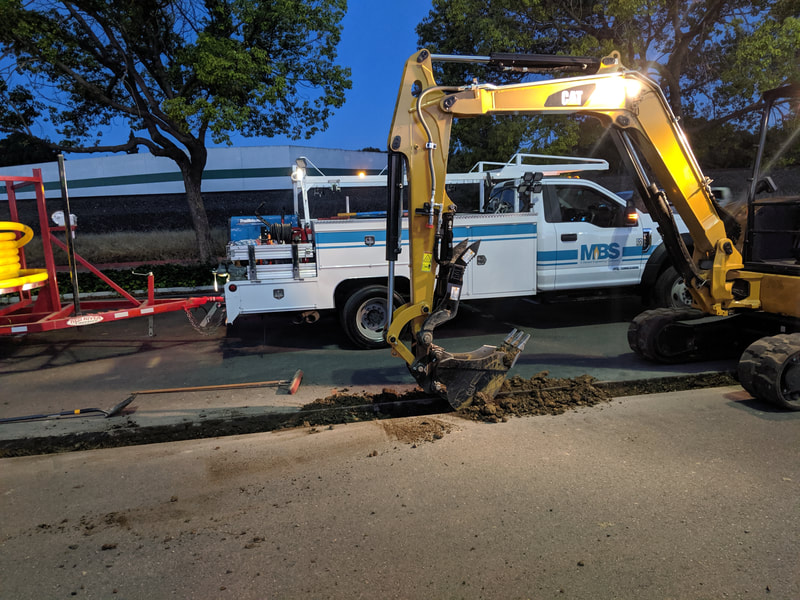
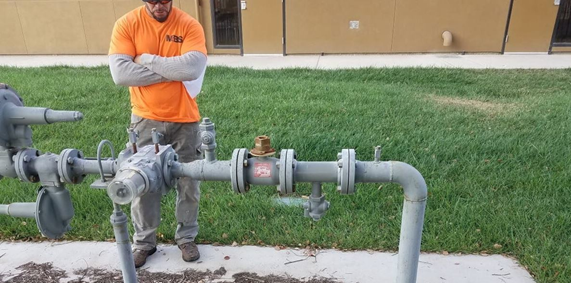

 RSS Feed
RSS Feed
